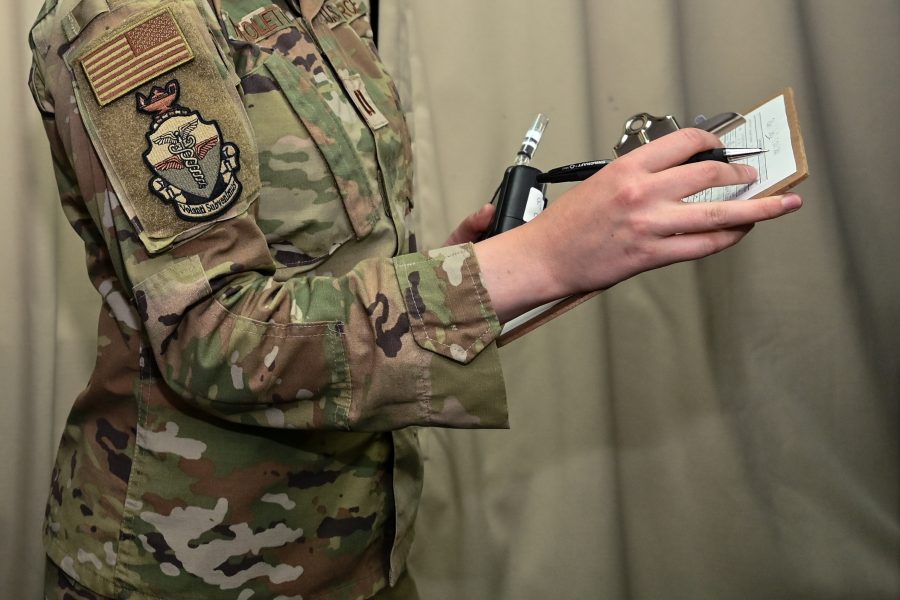Air Force experts found trace amounts of hazardous chemicals at F.E. Warren Air Force Base, Wyo., but even though the hazards fell within an acceptable threshold set by the Environmental Protection Agency, Air Force Global Strike Command ordered a complete cleanup, the command announced Aug. 22.
Positive tests mark the second such finding at an Air Force intercontinental ballistic missile base since AFGSC launched its Missile Community Cancer Study. Earlier this month, the command disclosed it had found two samples with elevated amounts of polychlorinated biphenyls (PCBs) at Malmstrom Air Force Base, Mont.
The EPA calls PCBs a “probable human carcinogen,” noting such compounds “have been demonstrated to cause a variety of adverse health effects.”
At F.E. Warren, researchers gathered 300 samples from launch control centers and launch control support buildings, including both air sampes and surface “swipes”, using gauze wetted with a solution to sample surface contaminants. Air samples produced no PCBs, but 17 of the swipe tests produced positive results of less than 4 micrograms (one-millionth of a gram) per 100 square centimeters. That’s far below the EPA-defined acceptable levels of 10 micrograms.
AFGSC Commander Gen. Thomas A. Bussiere ordered all surfaces cleaned. “We want to ensure our Airmen always have a safe and clean work environment,” Bussiere said in a statement.
Although use of PCBs in wiring and other materials was banned in 1979, the Air Force didn’t start phasing out use of the chemical at ICBM facilities until the 1980s.
Former missileers and other personnel have long been concerned about the risk of cancer stemming from their duties at the base. Those worries were reinforced when a presentation detailing cases of non-Hodgkin lymphoma, a blood cancer, at Malmstrom appeared online earlier this year.
Bussiere ordered a review of the issue, which led to the Missile Community Cancer Study overseen by U.S. Air Force School of Aerospace Medicine. The study has two parts: environmental sampling and an epidemiological study, which will take 12-14 months to complete, to assess cancer rates.
Members of the study team carried out initial visits in February and March at the ICBM bases to understand what they should look for and where. The Air Force’s three ICBM bases are Malmstrom, F.E. Warren, and Minot Air Force Base, N.D. The ICBM silos themselves are spread out over vast fields that reach into five states.
Test results from Minot Air Force Base, as well as water and soil sampling done at all three bases to test for radon, organic phosphates, and other hazards, are still to come.
“We are still early in our comprehensive study of any potential health impacts to our Airmen and Guardians as a result of duty in the missile community, and we deeply appreciate the survey team’s efforts and hard work,” Bussiere said in a statement. “Many other tests are still being performed by our medical and bioenvironmental professionals, and as we get those results, we will provide updates to our Airmen and families in a rapid and transparent manner.”
